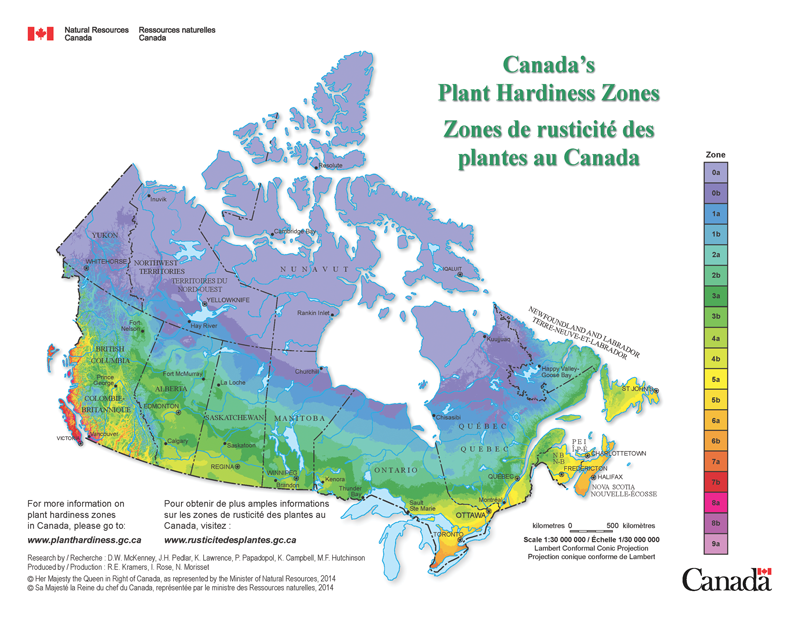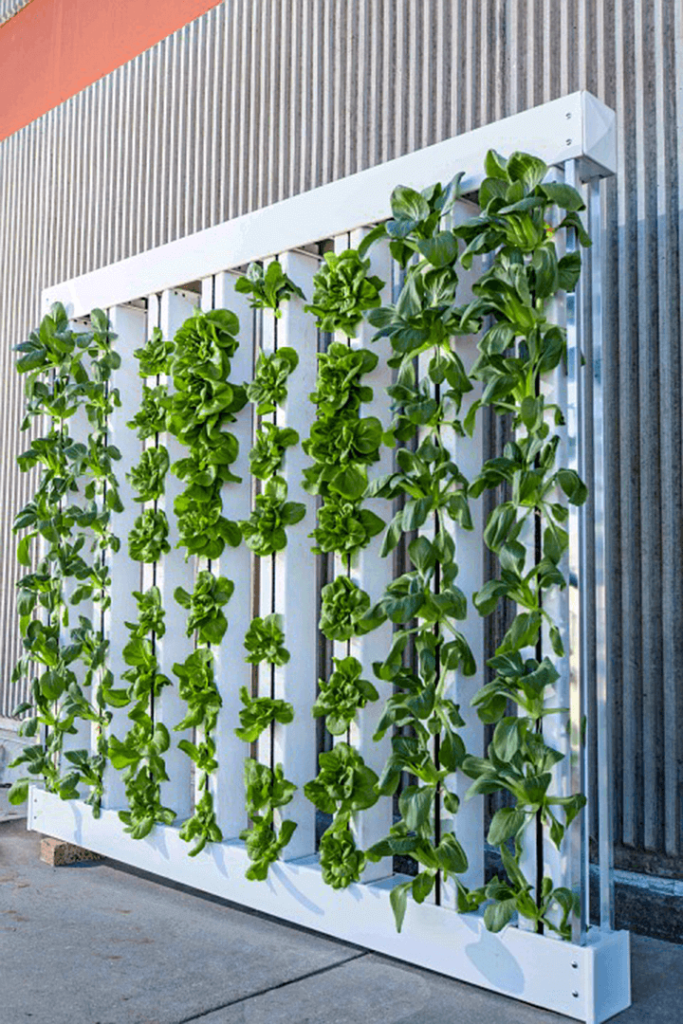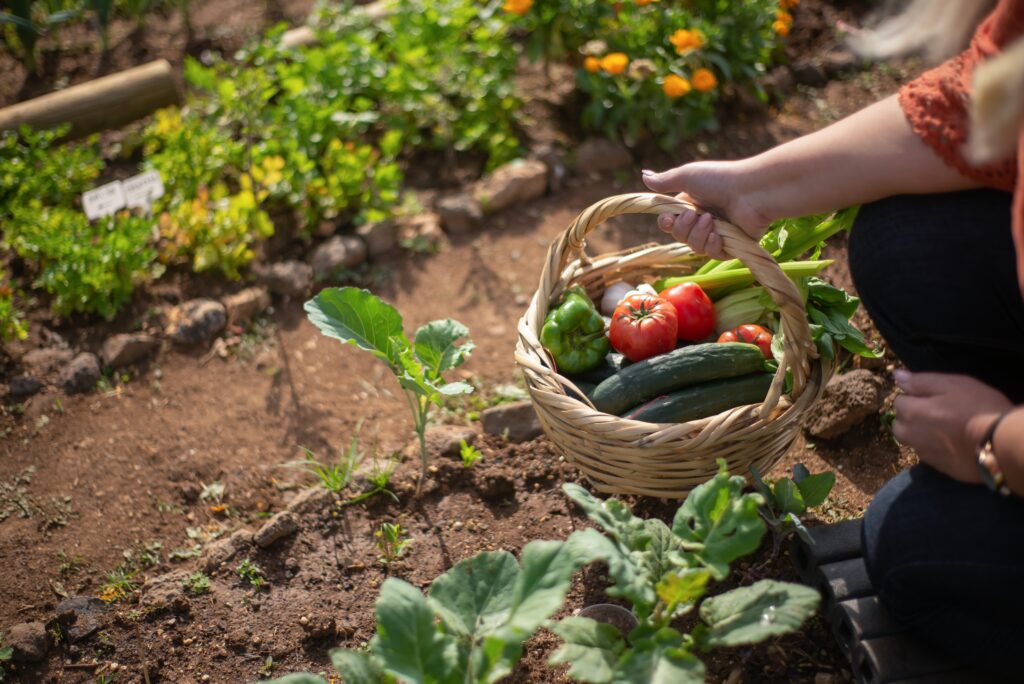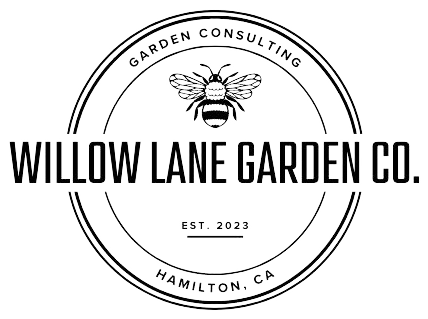Grow More Than You Thought!
Why Space and why Time?
This topic sprouted from a conversation we had during our kitchen garden cleanup. As we reminisced about our first year of gardening, it became evident how haphazard our approach had been. We planted without much thought, filling every available space with whatever struck our fancy, and crossed our fingers for success. However, as we’ve learned, it all boils down to planning and setting your garden up for success.
In our inaugural year, we started with just two 8×3 feet raised beds, which offered us roughly 50 square feet of growing space. Every square inch was crammed with various vegetables. While it was exciting to watch everything grow, we soon realized that this wasn’t the wisest or most sustainable approach. To make matters worse, we were cultivating crops we didn’t even intend to consume.
That’s where understanding growing zones (this might trip you up!) and your actual consumption needs come into play. We’ve come to appreciate that some vegetables we’d love to grow simply aren’t feasible given our local climate. Additionally, the challenge of space, or rather the lack thereof, posed another obstacle, which we’ll delve into below.

Growing Zones & Space
Recently, we came across a study indicating that a significant 80% of gardeners may not fully grasp the concept of growing zones. Surprisingly, understanding these zones isn’t as daunting as it might seem, particularly for beginners. Most vegetables are quite resilient and can thrive across a range of zones. These zones primarily inform us about the average cold temperatures experienced during the winter months. When it comes to vegetable gardening, the majority of these plants won’t survive the winter anyhow. The key factor to consider is often the time required for a plant to reach maturity, which might necessitate starting seeds indoors before the growing season begins.
For instance, whether you’re in Zone 2 or Zone 7, you can likely grow the same tomato variety. The critical aspect is matching the duration of your growing season with the time it takes for your chosen tomatoes to ripen. Don’t let this complexity deter you from starting your gardening journey. Growing zones typically come into play for perennial plants that must endure the winter.
Find your Growing Zone (Hardiness Zone) Here – http://planthardiness.gc.ca/ph_main.pl?m=22&lang=en
As we discussed earlier, urban gardening often presents space constraints. This limitation might require you to make some tough decisions regarding which vegetables to include in your garden. While we all aspire to cultivate a diverse range of crops, doing so may encroach upon valuable space needed for staples like tomatoes, lettuce, zucchini, and more.
A workaround for this spatial challenge involves exploring vertical gardening options such as hydroponic vertical grow systems. We’ll delve deeper into this topic in an upcoming newsletter dedicated to vertical gardening. If your yard offers limited horizontal space with adequate sunlight, vertical gardening could be an intriguing avenue worth exploring.

5 Key Takeaways
Growing Zones Are Mostly Relevant for Perennials: Understanding growing zones is crucial for perennial plants that need to endure winter conditions. However, for annual vegetables, which make up the majority of a kitchen garden, the growing zone is less of a concern. Focus on the number of frost-free days in your area, as this is often more relevant.
Choose Vegetables Based on Your Growing Season: When selecting vegetables for your garden, pay attention to the number of frost-free days in your region. Certain vegetables, like tomatoes and peppers, require a longer growing season, so ensure your climate allows for this or consider starting them indoors.
Plan Your Garden According to Available Space: Urban gardens often come with limited space. Prioritize the vegetables you and your family enjoy most and those that are well-suited to your growing conditions. Avoid overcrowding your garden, as this can lead to poor yields and disease susceptibility.
Explore Vertical Gardening: To maximize space in tight urban yards, consider vertical gardening methods. This includes techniques like trellising, container gardening, and hydroponic vertical grow systems. Vertical gardening allows you to grow more in a smaller footprint.
Regularly Evaluate and Adapt Your Garden: Gardening in urban settings often requires experimentation and adaptation. Each season, assess what worked well and what didn’t. Be open to adjusting your crop selection and garden layout based on your experience and evolving preferences.
By keeping these takeaways in mind, you can better navigate the challenges of growing zones and limited space in urban kitchen gardens, ultimately leading to a more successful and enjoyable gardening experience.

What’s next?
Now that the vibrant colours of summer are transitioning into the warm hues of fall, it’s the perfect time to turn your thoughts toward the kitchen garden of your dreams for the coming year. The planning phase is where the magic begins, and we’re here to help you make it a reality.
We’re excited to announce that we are now accepting design consultation appointments for the upcoming gardening season (2024). To ensure that you receive the personalized attention you deserve, we’re limiting our design consultation slots to four clients per month until March. These sessions are incredibly popular and tend to fill up quickly, so securing your spot as soon as possible is essential.
Our design consultations are a unique opportunity to collaborate with us. Whether you’re dreaming of a beautiful kitchen garden layout, seeking construction services, or looking for a tailored plan, our team is dedicated to making your vision come to life.
Additionally, don’t forget to stay connected with us on social media. Our platforms are brimming with gardening insights, exclusive behind-the-scenes glimpses, and real-time updates. We cherish the opportunity to engage with our gardening community and learn from your individual gardening journeys. Join our ever-growing family of plant enthusiasts on Instagram, Facebook, TikTok, and YouTube.
Don’t hesitate to reach out and start the conversation today. Share your gardening aspirations, ask questions, and let us guide you towards transforming your vision into a flourishing reality. We’re honored to be a part of your kitchen garden success story!
We are here to help you achieve your gardening goals! Reach out with any questions that might come up throughout your journey.
We are excited to announce that there are some new DIY plans on our Etsy store. Whether you need some more storage in the garden, are looking to spruce up your curb appeal or are looking for a new way to grow your tomatoes, we have something for you!
Check it out here – https://www.etsy.com/ca/shop/WillowLaneGardenCo
Best regards,
Tessa & Kyle
Willow Lane Garden Co.
P.S. Tag us in your garden photos and stories on social media. We’d love to see your green thumb in action!

